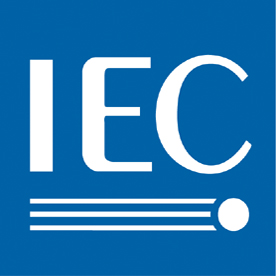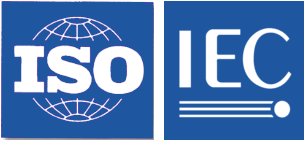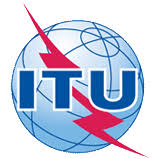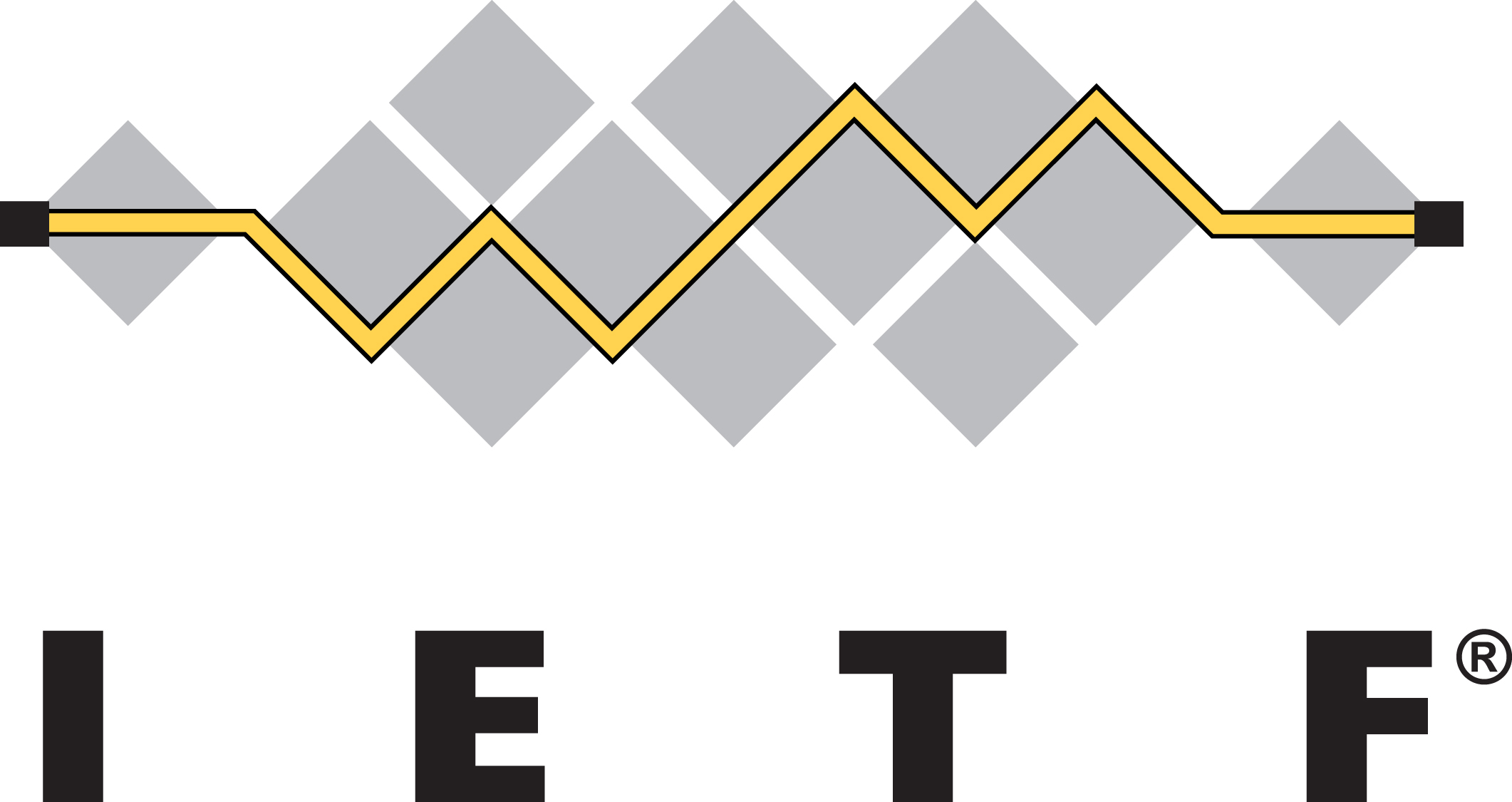IEC 62714-1:2018Engineering data exchange format for use in industrial automation systems engineering - Automation Markup Language - Part 1: Architecture and general requirements
IEC 62714-1:2018 RLV contains both the official IEC International Standard and its Redline version. The Redline version is available in English only and provides you with a quick and easy way to compare all the changes between the official IEC Standard and its previous edition. IEC 62714-1:2018 is a solution for data exchange focusing on the domain of automation engineering. The data exchange format defined in the IEC 62714 series (Automation Markup Language, AML) is an XML schema based data format and has been developed in order to support the data exchange in a heterogeneous engineering tools landscape. The goal of AML is to interconnect engineering tools in their different disciplines, e.g. mechanical plant engineering, electrical design, process engineering, process control engineering, HMI development, PLC programming, robot programming, etc. This second edition cancels and replaces the first edition published in 2014. This edition constitutes a technical revision. This edition includes the following significant technical changes with respect to the previous edition: a) use of CAEX 3.0 according to IEC 62424:2016 b) improved modelling of references to documents outside of the scope of the present standard, c) modelling of references between CAEX attributes and items in external documents, d) revised role libraries, e) modified Port concept, f) modelling of multilingual expressions, g) modelling of structured attribute lists or array, h) a new AML container format, i) a new standard AML attribute library



